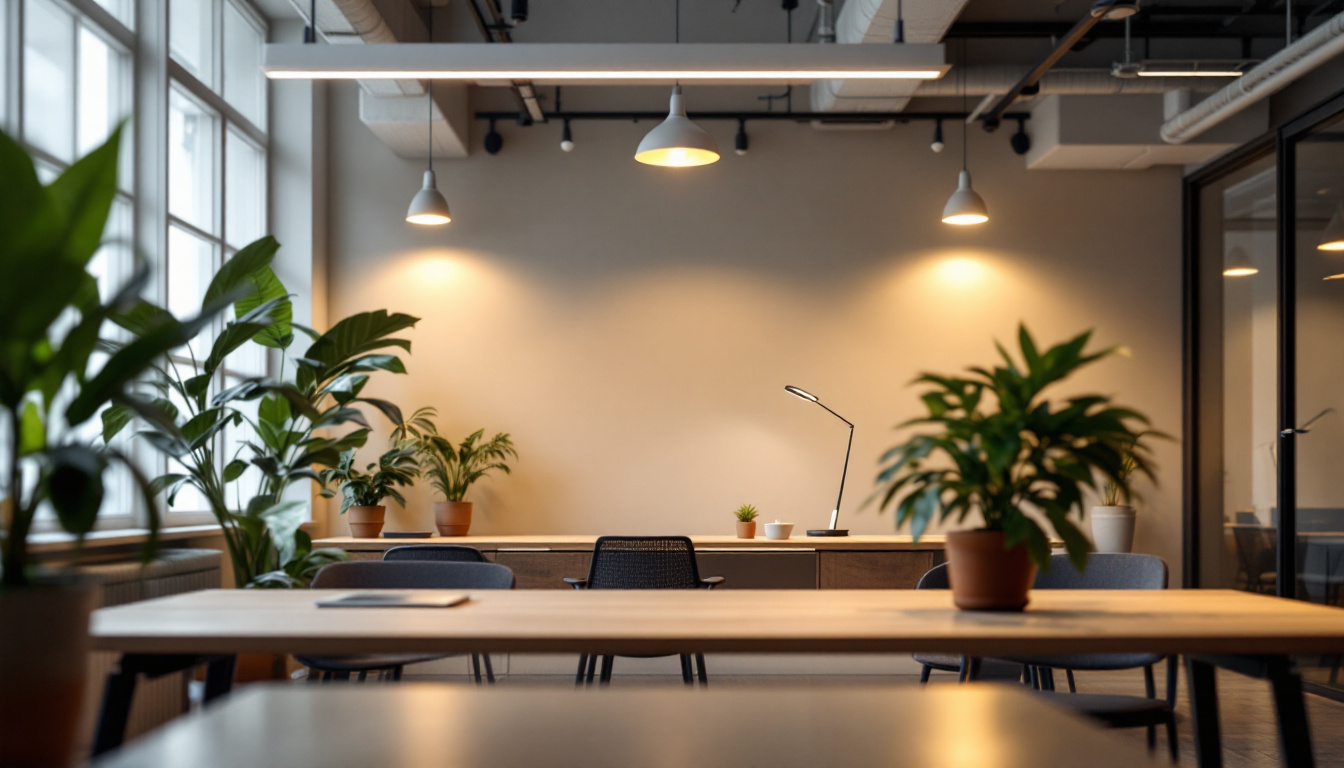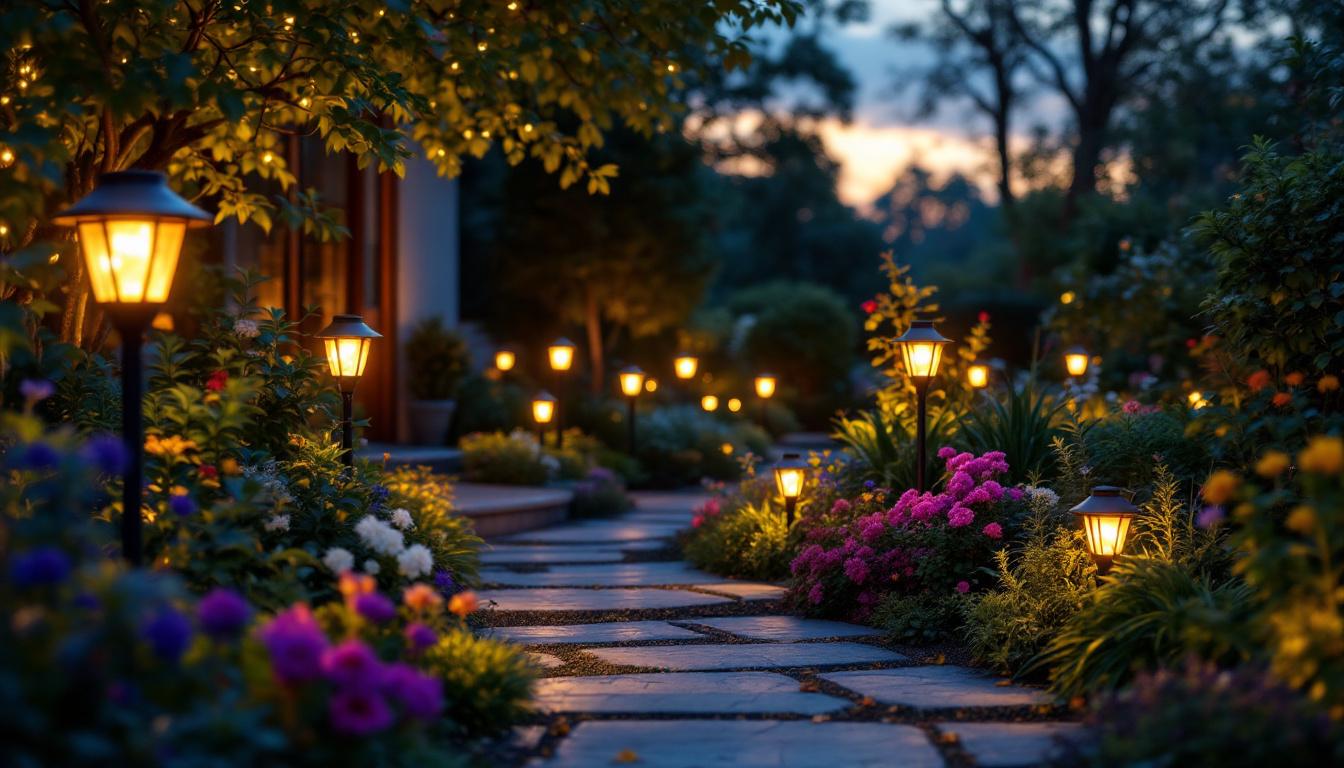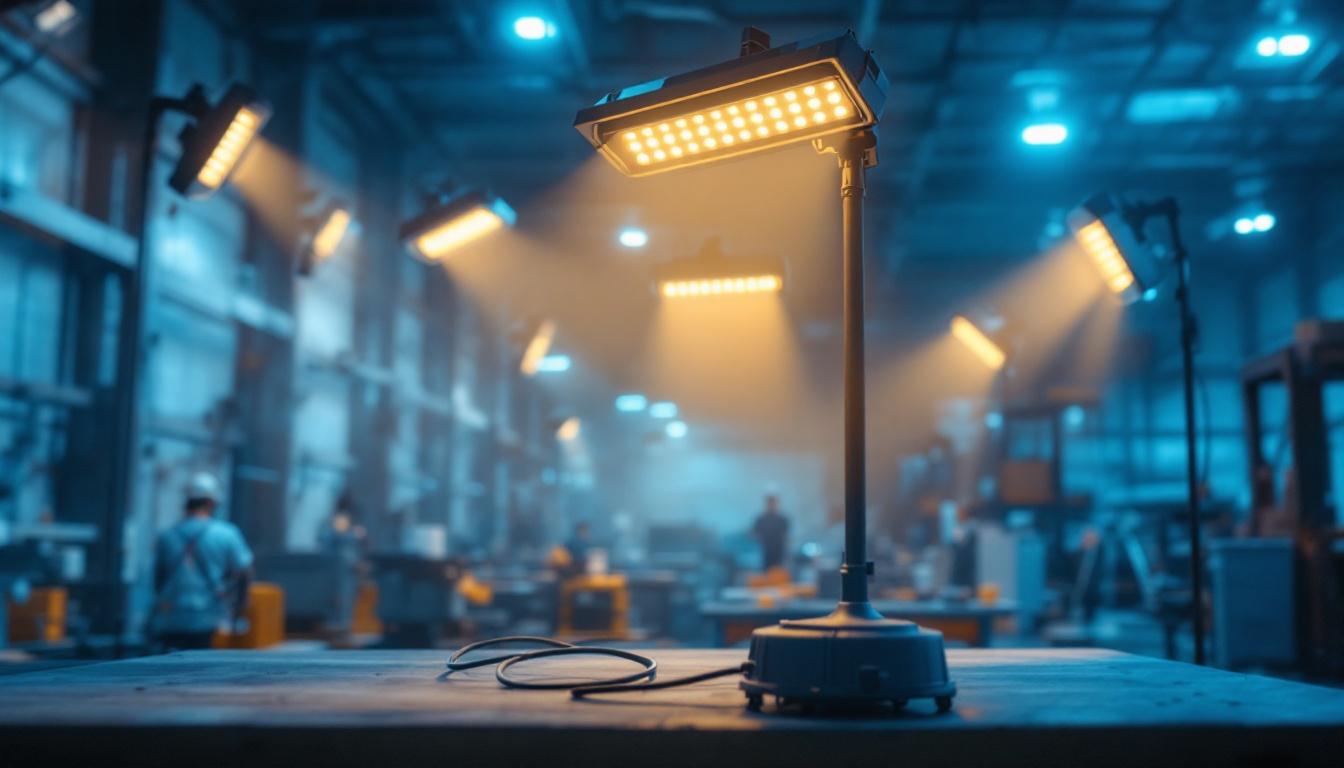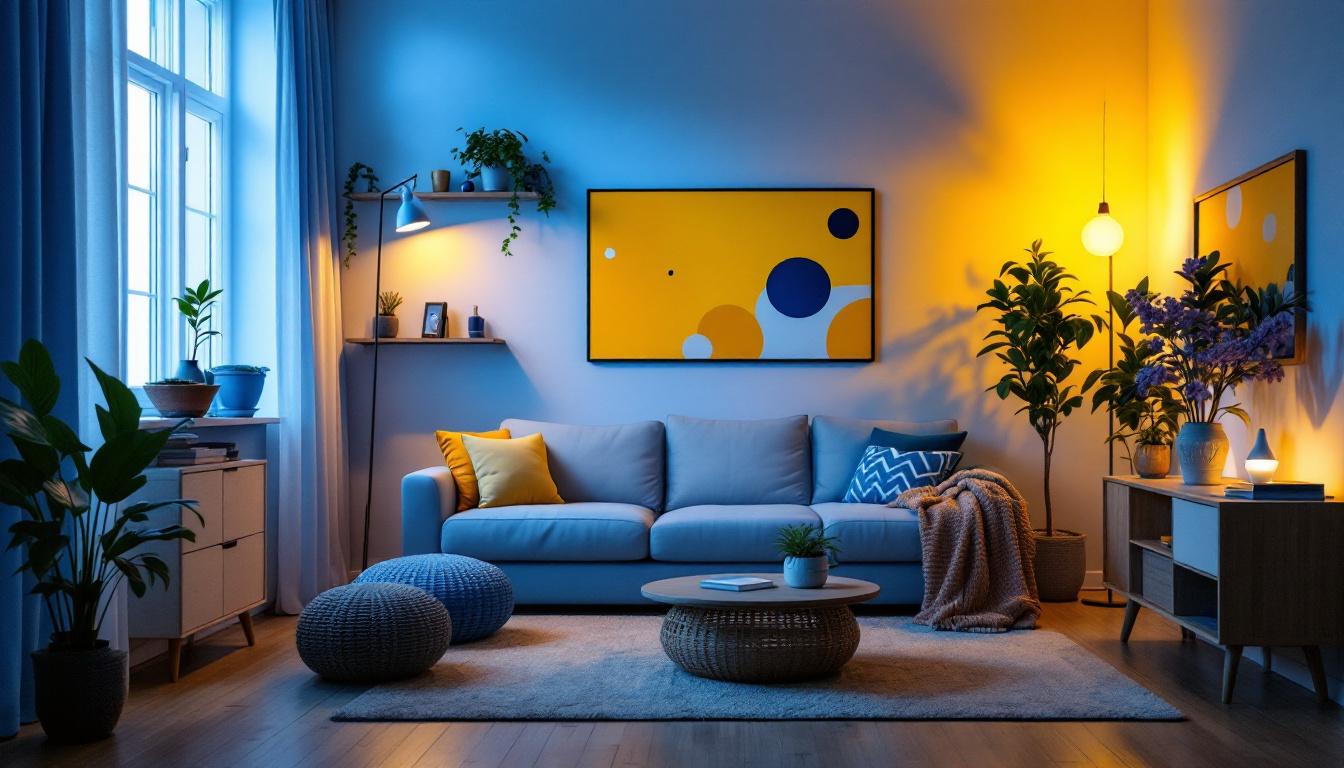
In an era where sustainability and technology are at the forefront of design and construction, lighting projects must evolve to meet the demands of modern infrastructure. For lighting contractors, understanding how to future-proof these projects is essential not only for ensuring client satisfaction but also for maintaining a competitive edge in the industry. This article delves into strategies and considerations that can help contractors navigate the complexities of future-proofing lighting installations.
Future-proofing in lighting refers to the practice of designing and implementing lighting systems that can adapt to future technological advancements and changing user needs. This approach is crucial for ensuring longevity and relevance in an ever-evolving market. By anticipating future trends and incorporating flexible solutions, contractors can deliver projects that remain effective and efficient over time.
Adaptability is a core principle of future-proofing. Lighting technology is advancing rapidly, with innovations such as smart lighting systems and energy-efficient LEDs becoming increasingly common. By selecting products and systems that can be easily upgraded or modified, contractors can ensure that their projects remain viable as new technologies emerge.
For instance, choosing fixtures that are compatible with various control systems allows for seamless integration of smart technology. This adaptability not only enhances the functionality of the lighting system but also provides clients with the flexibility to update their systems as their needs change. Moreover, the integration of wireless technology can facilitate easier retrofitting, minimizing disruption during upgrades and allowing for a more streamlined approach to maintaining the lighting infrastructure.
Energy efficiency is no longer just a trend; it is a necessity. As energy costs rise and environmental concerns grow, clients are increasingly seeking sustainable lighting solutions. Future-proofing projects with energy-efficient products can significantly reduce operational costs and environmental impact.
Contractors should consider using LED fixtures, which consume less energy and have a longer lifespan compared to traditional lighting options. Additionally, incorporating smart controls, such as occupancy sensors and daylight harvesting systems, can further enhance energy efficiency, ensuring that lighting is used only when necessary. The use of renewable energy sources, such as solar panels, can also be integrated into lighting designs, providing a sustainable power solution that aligns with the growing demand for eco-friendly practices. By adopting these strategies, contractors not only meet current energy standards but also position their projects as forward-thinking and environmentally responsible, appealing to a broader clientele that values sustainability.
The selection of technology plays a pivotal role in the future-proofing of lighting projects. As new technologies emerge, understanding which solutions will provide the best long-term value is essential for contractors. This decision-making process not only impacts the immediate functionality of the lighting systems but also influences the overall sustainability and operational costs over time.
Smart lighting systems offer a range of benefits, including energy savings, enhanced user experience, and improved maintenance capabilities. These systems can be controlled remotely, allowing for adjustments based on occupancy, time of day, or even weather conditions. By integrating smart technology into lighting projects, contractors can provide clients with systems that are not only efficient but also user-friendly. With features such as motion sensors and adaptive dimming, smart lighting can significantly reduce energy consumption, making it an attractive option for environmentally conscious clients.
Moreover, the ability to collect data from smart lighting systems can inform future decisions about lighting design and usage patterns, allowing for continuous improvement and optimization. This data-driven approach enables contractors to tailor solutions to better meet the evolving needs of their clients, ensuring that the lighting systems remain relevant and effective as technology continues to advance.
When considering the implementation of smart lighting, contractors must weigh the benefits of wireless versus wired solutions. Wireless systems offer flexibility in installation and can be more cost-effective in certain scenarios. They allow for quick adjustments and scalability, making them ideal for dynamic environments such as offices or retail spaces where layouts frequently change. However, wired systems often provide greater reliability and security, particularly in commercial applications. They are less susceptible to interference and can support higher data transfer rates, which is crucial for complex lighting setups.
Ultimately, the choice between wireless and wired solutions should be guided by the specific needs of the project, including budget, installation environment, and long-term maintenance considerations. Additionally, contractors should consider the potential for future upgrades and expansions. A well-planned installation that accommodates both current and future technology can save time and resources down the line, ensuring that the lighting system remains a valuable asset for years to come. As the industry evolves, keeping abreast of the latest innovations will empower contractors to make informed decisions that align with their clients’ goals and expectations.
Effective design is crucial for future-proofing lighting projects. A well-thought-out design not only enhances the aesthetic appeal of a space but also ensures functionality and adaptability. As technology continues to evolve at a rapid pace, the ability to integrate new advancements into existing systems without significant overhauls becomes increasingly important. This foresight not only saves time and resources but also maximizes the longevity of the investment made in lighting infrastructure.
Implementing a modular design approach allows for easy upgrades and modifications in the future. By using modular lighting fixtures and components, contractors can facilitate changes without the need for extensive renovations. This approach is particularly beneficial in dynamic environments, such as offices or retail spaces, where lighting needs may change frequently. For instance, a retail store may want to adjust its lighting to highlight seasonal displays, and modular systems can be reconfigured quickly to meet these changing demands.
Additionally, modular designs can accommodate different lighting scenarios, such as task lighting, ambient lighting, and accent lighting, providing clients with a versatile solution that can evolve over time. The flexibility of modular systems also allows for the integration of smart technology, enabling users to control lighting through apps or voice commands, thus enhancing convenience and energy efficiency. As sustainability becomes a priority, these systems can be designed to incorporate energy-efficient LED technology, further reducing the environmental impact while maintaining aesthetic appeal.
Engaging clients in the design process is essential for creating lighting solutions that meet their needs both now and in the future. By soliciting feedback and understanding their preferences, contractors can tailor lighting designs to enhance user experience and satisfaction. This collaborative approach not only leads to more personalized outcomes but also helps in identifying specific challenges that may arise in the usage of lighting systems, such as glare or inadequate illumination in certain areas.
Moreover, involving clients in the decision-making process fosters a sense of ownership, making them more likely to embrace and maintain the lighting systems installed. This can be further enhanced by providing educational resources about the benefits of different lighting technologies and design principles, empowering clients to make informed choices. As a result, they are more likely to appreciate the long-term value of their investment, ensuring that the lighting remains functional and relevant as their needs evolve over time. This proactive engagement can also lead to referrals and repeat business, as satisfied clients share their positive experiences with others.
As lighting technology evolves, so too do regulations and compliance standards. Staying informed about current codes and regulations is crucial for contractors to ensure that their projects meet legal requirements and industry standards.
Each region may have specific codes related to energy efficiency, safety, and environmental impact. Familiarizing oneself with these local codes is essential for avoiding potential legal issues and ensuring that installations are compliant. This knowledge also enables contractors to provide clients with informed recommendations that align with their goals and values.
Moreover, adhering to local codes can enhance the marketability of a project, as clients increasingly prioritize compliance and sustainability in their purchasing decisions.
The lighting industry is constantly evolving, with new technologies and practices emerging regularly. Contractors must stay updated on industry trends to remain competitive and provide clients with the best possible solutions. This can be achieved through continuous education, attending industry conferences, and participating in professional organizations.
By staying informed, contractors can anticipate changes in regulations and client preferences, allowing them to adapt their strategies accordingly and maintain relevance in the market.
Collaboration is a key factor in the success of future-proof lighting projects. Engaging with various stakeholders, including architects, interior designers, and electrical engineers, can lead to more cohesive and effective lighting solutions.
Working alongside other professionals in the design and construction process allows for a more integrated approach to lighting design. By collaborating with architects and designers, contractors can ensure that lighting solutions complement the overall aesthetic and functionality of the space.
This interdisciplinary collaboration can also lead to innovative solutions that may not have been considered in isolation, ultimately enhancing the quality and effectiveness of the lighting project.
Involving the client and the community in the lighting design process can lead to more successful outcomes. By understanding the needs and preferences of end-users, contractors can create solutions that resonate with those who will be using the space.
Community engagement can also foster a sense of ownership and pride in the project, leading to greater satisfaction and a positive perception of the work completed.
As the lighting industry continues to evolve, contractors must embrace the principles of future-proofing to ensure the longevity and effectiveness of their projects. By focusing on adaptability, energy efficiency, technology selection, design considerations, regulatory compliance, and collaboration, contractors can deliver lighting solutions that not only meet current needs but also anticipate future demands.
Ultimately, future-proofing is about creating lighting systems that are resilient, flexible, and sustainable. By adopting these strategies, lighting contractors can position themselves as leaders in the industry, ready to tackle the challenges and opportunities that lie ahead.
Ready to lead the future of lighting with adaptable, energy-efficient, and sustainable solutions? At LumenWholesale, we provide contractors like you with the highest quality, spec-grade lighting products at unbeatable wholesale prices. Say goodbye to inflated markups and hello to superior lighting that meets the highest industry standards. With our hassle-free bulk buying and free shipping, you can ensure your lighting projects are future-proof without compromising on quality or value. Elevate your lighting game and discover wholesale lighting at the best value today!

Discover the essentials of solar-powered garden lights and compliance standards that every lighting contractor should know.

Discover essential facts about industrial flood light fixtures, including benefits, installation tips, and industry stats.

Discover how a 5000 lumens LED bulb can revolutionize your lighting solutions with enhanced brightness and energy efficiency.

Discover how light solar technology is revolutionizing the projects of lighting contractors.